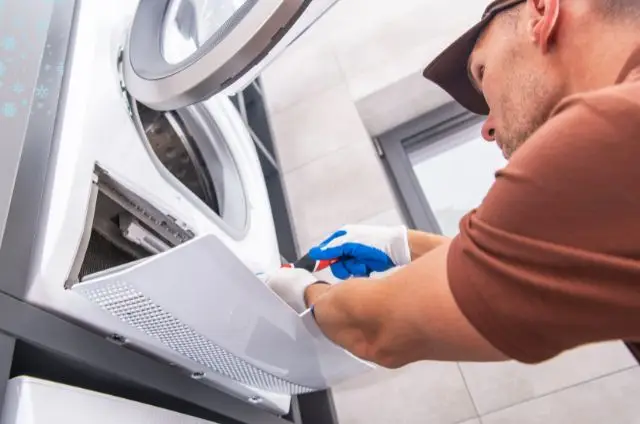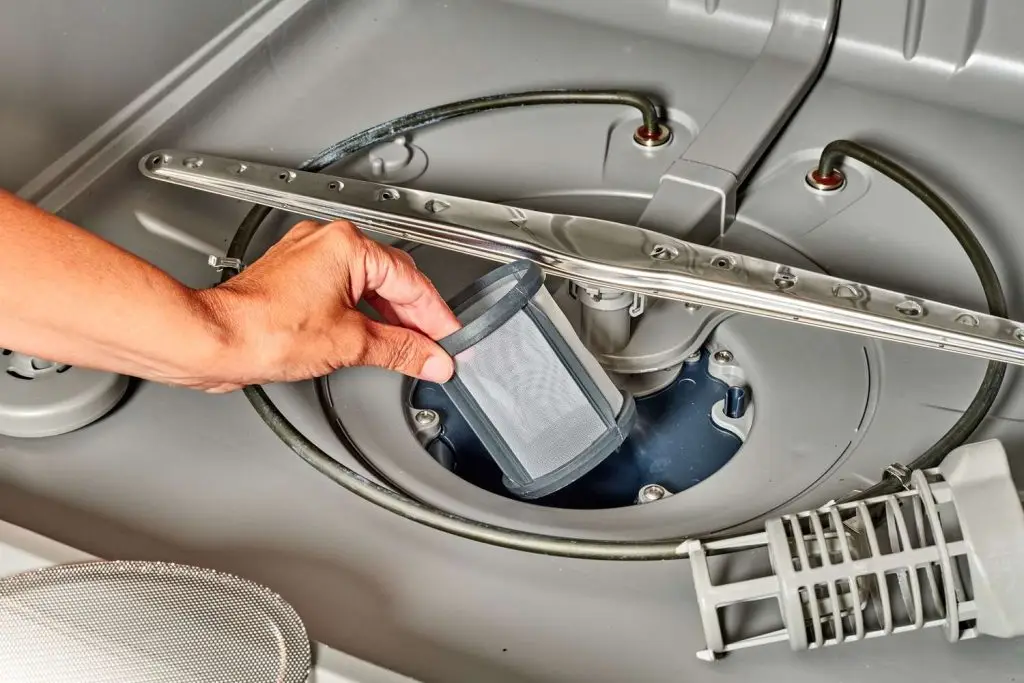According to an article in the Wall Street Journal, there is a tendency for consumers to pour in much more detergent than they need to do their laundry, a bad habit that seems to be reproduced in laundries and homes in many countries. Generations of consumers have washed clothes with the idea that more soap means cleaner laundry. But the sudsy habits are creating messy problems from dingy clothing to worn machines.
The misconception that the more detergent, the cleaner the clothes will be, the difficulty in determining the correct dosage, or the habit of pouring the detergent without looking at the product label are the main causes of a phenomenon that has many more implications than it seems.
Perhaps your washing machine is suffering from a continuous overdose of detergent which increases the formation of foam and can leave residues in the box or in the pipes of the washing machine that eventually end up making it difficult to work properly. Here we will tell you what mistakes you may be making that directly affect the result of your washing, how you can avoid them, and solve them.
THE PROBLEM
According to the Soap and Detergent Association (SDA), excess foam in a High-Efficiency washer can reduce the cleaning power of your appliance, affecting its efficiency and also preventing some of the impurities from being properly removed from the machine. Excess foam can also block the system, preventing the washer from pumping out the water and, in turn, generating more foam. Besides, over time soap and grease will stick to the walls, slots, drainage areas, and in the small detergent tray, creating a perfect place for bacteria to grow, and giving your appliance a bad smell. Remember that excess foam in the washing machine is not covered by the warranty, as it is not a machine fault.
THE CAUSE
- Neglecting maintenance: a clogged pump can cause worse drainage and therefore detergent residues to be deposited on clothes, as well as the accumulation of lime and dirt caused by the concentration of calcium and magnesium salts in the water.
- Overloading clothes: When we exceed the maximum capacity of the washing machine specified by the manufacturer, we are more likely to find small traces of detergent, stains, and dirt.
- Excess of detergent: A build-up of detergent powder residue in the machine caused by adding too much detergent, washing regularly at low temperature, and washing fabrics that have been pre-soaked and saturated with detergents.
THE CURE
- Cleaning at home: it is advisable to carry out a thorough cleaning of your machine, this function is already incorporated automatically by the most practical washing machine models on the market. If your washing machine does not have this function, run repeated washes at the highest temperature without detergent, until it does not produce any more foam. (You may need to do this several times).
- Specialized maintenance: Performing specialized maintenance at least once a month is vital to maintain the health and proper functioning of our washing machine, ensuring a longer duration and life of our appliance.
- Dosing the detergent: Carefully follow the detergent powder manufacturer’s instructions on dosing, or consider using a pre-dosed detergent. But to be 100% sure we get the right amount, it’s best to activate the automatic detergent dosing feature built into the most advanced washing machines on the market. Thanks to this innovation, the detergent is automatically distributed during the next 20 washings, according to the needs of each wash (type of fabric, degree of dirt, load…), achieving an impeccable result and a saving of up to 30% of product per year.
- Change your detergent: Avoid using non-HE detergents in HE washing machines. Regular detergents are designed to be used when there is more water in the machine. You may consider contacting the detergent manufacturer for further advice and instructions as well as your washing machine fabricant.
- Proper load and cycle: Make sure you’re using the correct cycles intended for the clothing type, as well as the amount of clothing you add in each load, thus you will avoid overloads that will contribute to soap residues.
- Use double rinsing: Consider using the extra rinse function, this might help your washing machine remove soap and other residues completely.








